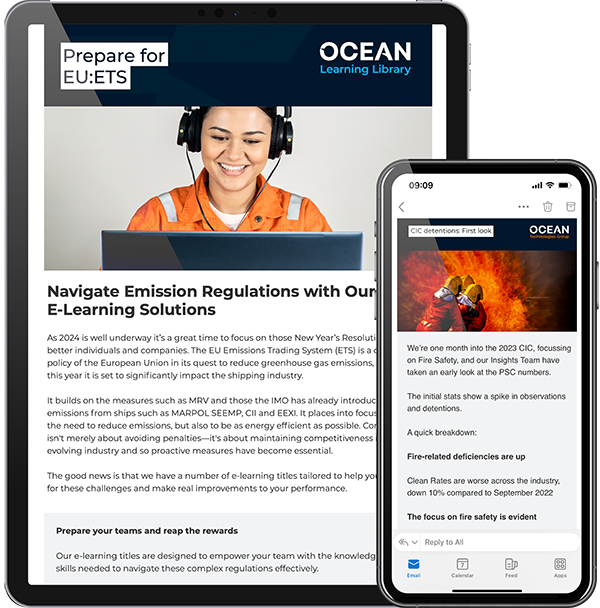Enclosed Spaces at sea
Mitigating the Risks
Seafarers are exposed to numerous operational risks whilst on-board ship and one, in particular, continues to claim the lives of seafarers and port workers every year – namely entry into enclosed spaces (EES). These can include examples like cargo spaces, fuel tanks, ballast tanks and void spaces.
Limited ingress/ egress routes, poor illumination and inadequate ventilation all pose serious hazards. This is because the atmosphere may be oxygen-deficient or contain flammable and/or toxic gases or vapours. Occupational health and safety risks are exacerbated by possible exposure to extreme temperatures, crush injuries, etc.
Concern for crew
Such hazards are well known to the shipping industry. InterManager notes that 186 seafarers and 70 stevedores have perished in an EES since 1999, even as the number of incidents continue to be under-reported.
Regulations do exist to help minimise incidents: SOLAS vessels are required to detail how entry into an EES will be conducted in their Safety Management System (SMS). In addition, IMO has adopted two resolutions containing Recommendations for Entering Enclosed Spaces Aboard Ships (in 1997 and 2011 respectively). The adoption of Resolution A.1050(27), 2011, based on lessons learned over the preceding 14 years, was an important step.
However, despite the regulations, guidelines and training programmes, EES’s continue to claim lives, with recurring issues for seafarers including:
- discrepancies between EES procedures
- different interpretations of SMS requirements
- overly-complicated manuals rather than simple diagrams and intuitive procedural steps
- the absence of fail-safe measures which prevent access until a space is deemed safe.
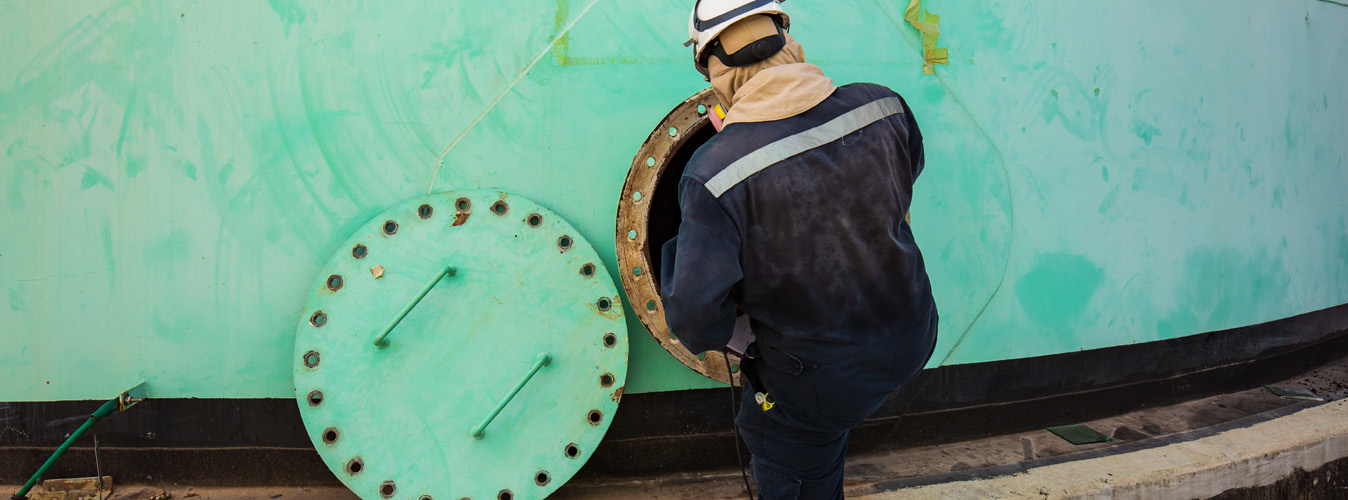
Management of Enclosed Spaces
Our eLearning title will ensure that your crew are aware of the requirements to:
- Ensure that all enclosed spaces onboard ship are marked as such
- Be aware of the additional guidelines for enclosed spaces in ISGOTT which are not currently included in SOLAS
- Control access to enclosed spaces at all times
- Ensure that entry to enclosed spaces is only made when absolutely necessary
Collective responsibility
Captain Kuba Szymanski, Secretary General of InterManager said, “I believe shipping wants to tackle this enduring issue.
However, I am also of the view that the issue should be considered holistically, rather than continuing to focus primarily on the actions of the seafarer.
Crew, port workers and shipping company employees ashore should all recognise the challenges and dangers associated with working in an EES, and also understand a ships’ operating environment before scheduling and undertaking such work.
InterManager is working with the IMO and industry partners to update maritime regulations to better reflect the realities of working in enclosed spaces and to improve safety.”
Reducing the individual burden
Captain Szymanski added that in order to reduce the burden on seafarers, who currently bear complete responsibility for mitigating risk, it is very important that we have:
- New regulations from the IMO on enclosed spaces
- New clear national guidelines
- New simple company procedures
- Time pressure safeguards
- New designs prioritising safety for enclosed spaces
- New procedures limiting the need for enclosed spaces
- New procedures recognising fumigation and oxygen depletion
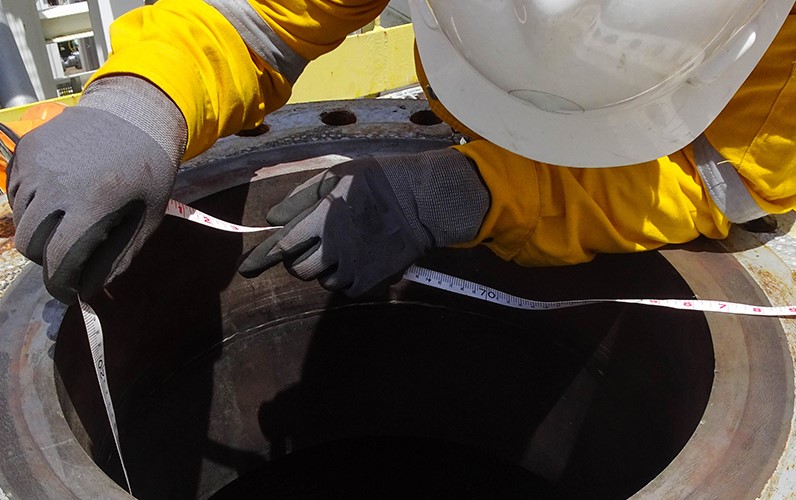
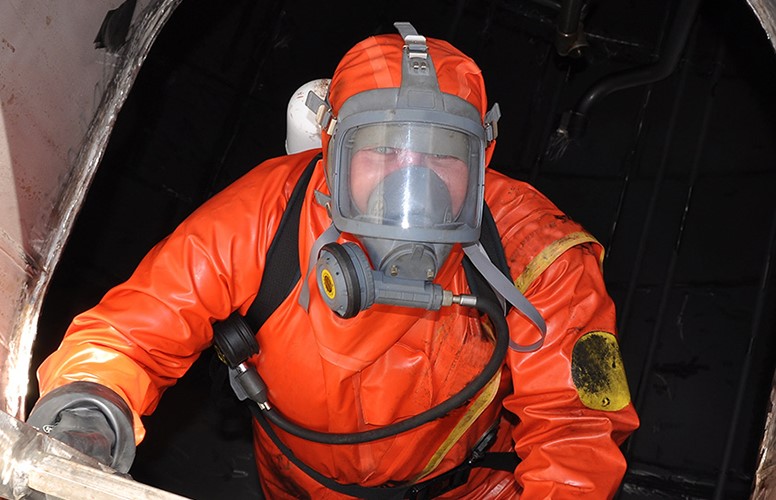
These factors will be assessed by the MSC’s CCC Sub-Committee as they evaluate current Enclosed Space Entry Procedures, likely completing this task by 2024. However, many within maritime share the concern that lives will continue to be lost in the interim.
While entering an EES is sometimes necessary, the tragedy is that many of these fatalities were avoidable – it is possible to mitigate this risk.
Entering an EES safely is down to collective responsibility, relationships and training. Companies can take action now to reduce the likelihood of injury or death.
How can seafarers mitigate risk?
Training
All seafarers and port workers should be suitably trained to ensure they recognise the risks of working in an EES and are informed about basic better practices to mitigate them.
Seafarers and port workers should also receive a vessel-specific briefing on EES when they first board a ship, and be provided with relevant cargo-related information, such as cargo hold gas monitoring, an appreciation of oxygen depleting cargos, cargos which are fumigated and cargos which emit toxic gas.
They must also be reminded of how to correctly use PPE and the procedures for testing and ventilating a space before entering. Suitable training and equipment, reinforced by drills, and debriefs once a task has been completed, will help to drive safety standards and reduce the likelihood of an accident.
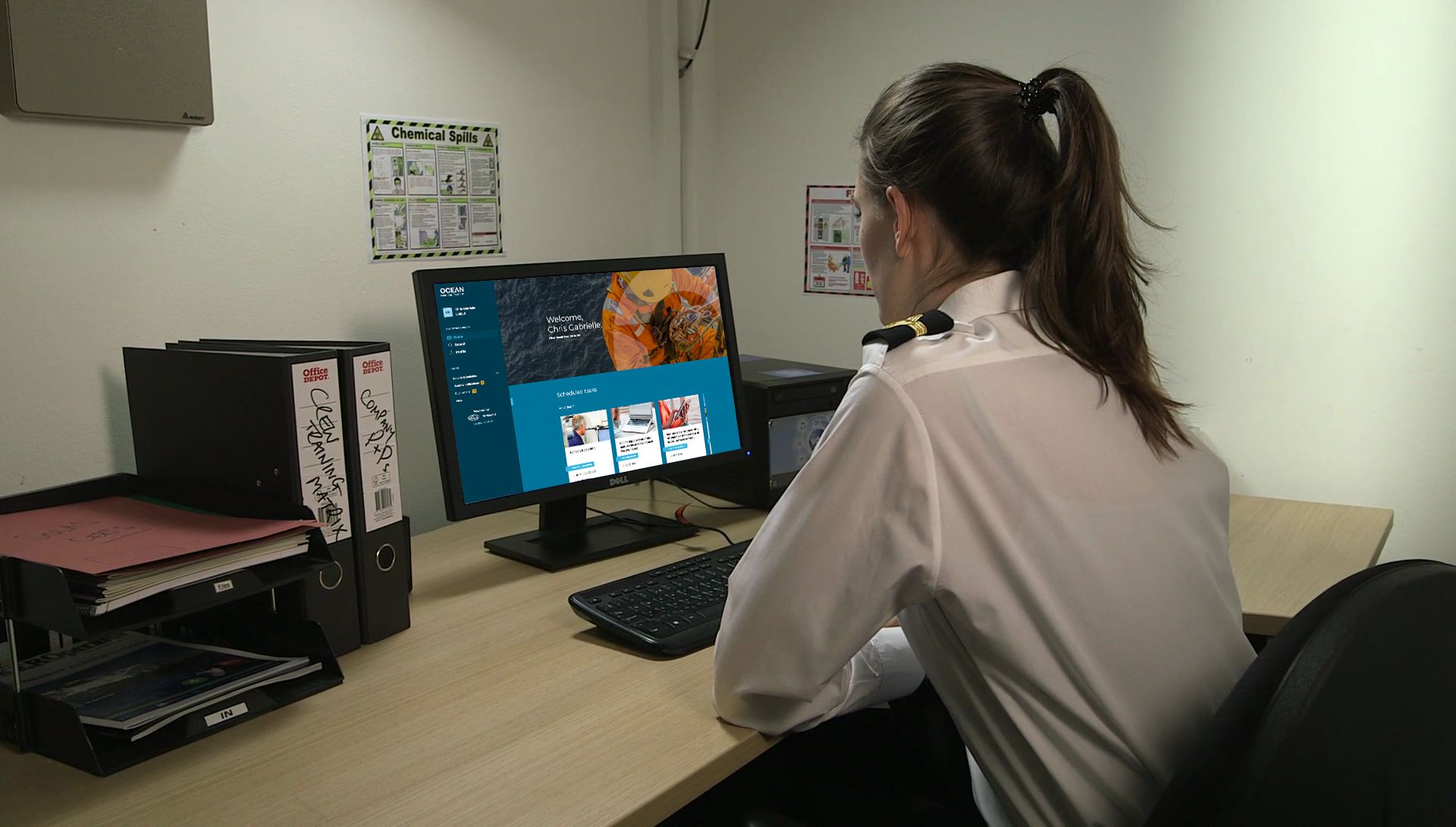
Dynamic risk assessments
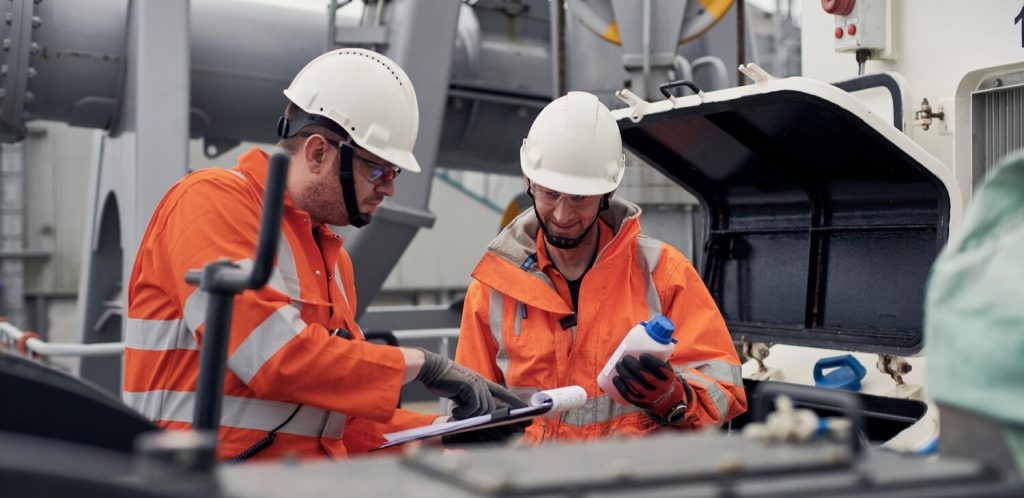
Whilst formal risk assessments are prepared in advance, recorded and monitored on a regular basis, and evaluate the potential for hazardous atmospheres, poor illumination, moving machinery, sharp edges etc, a dynamic risk assessment should be undertaken by the individual(s) before they enter the EES to account for any unforeseen environmental changes.
Ultimately individuals are responsible for their own health and safety and must feel empowered to make the final decision about whether it is safe to enter the EES.
Management risk assessments
Risk assessments should also consider the more fundamental question of whether an EES needs to be entered at all.
Is the task immediately vital for the safe operation of the vessel or to comply with a regulatory requirement?
Can the task wait until the vessel is alongside/ at anchor where operating conditions are more predictable and where more personnel can be assigned to perform and/or support the task? Such questions should pre-empt any requirement to undertake work in an EES.
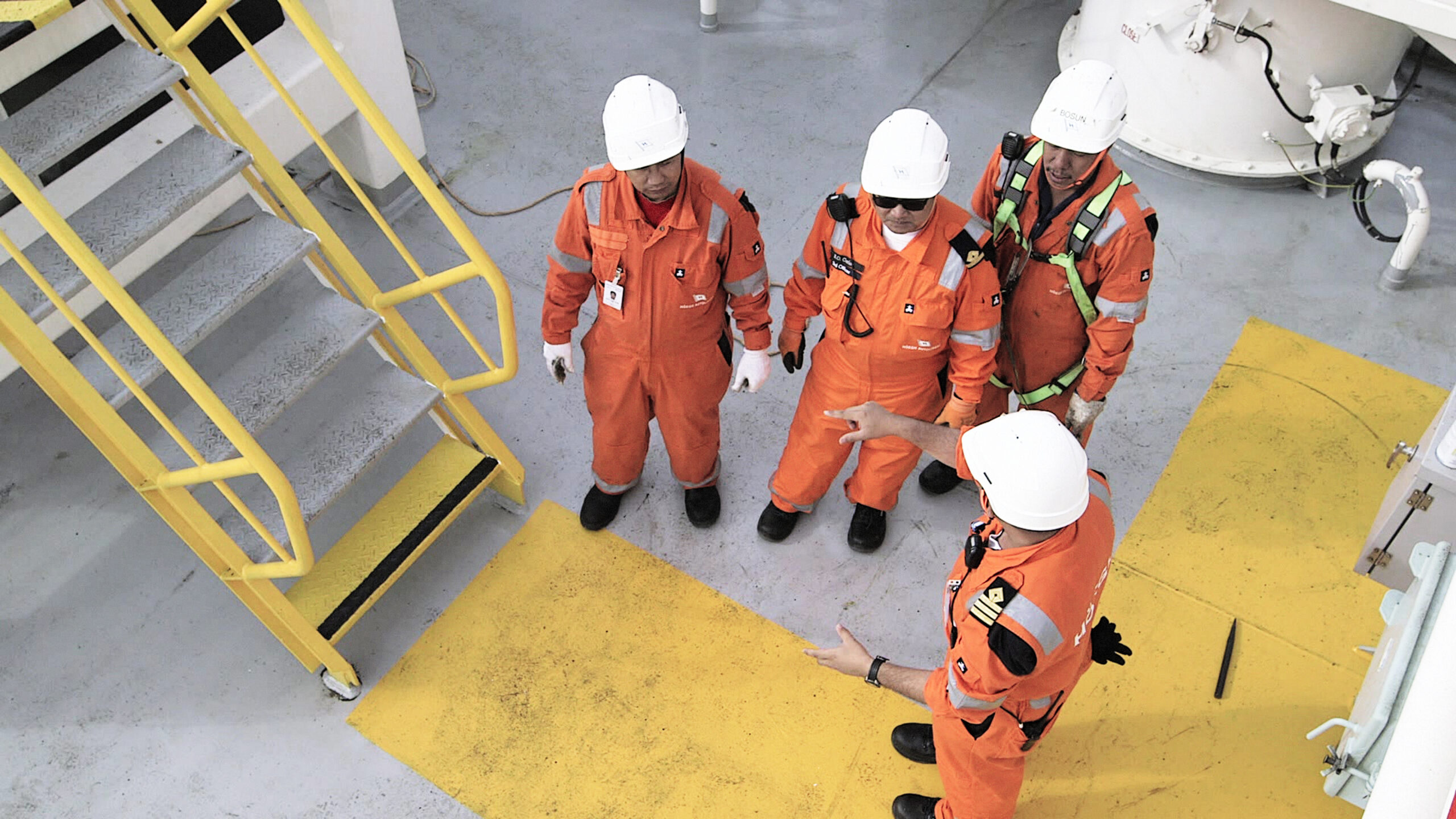
Use of Personal Protective Equipment (PPE)
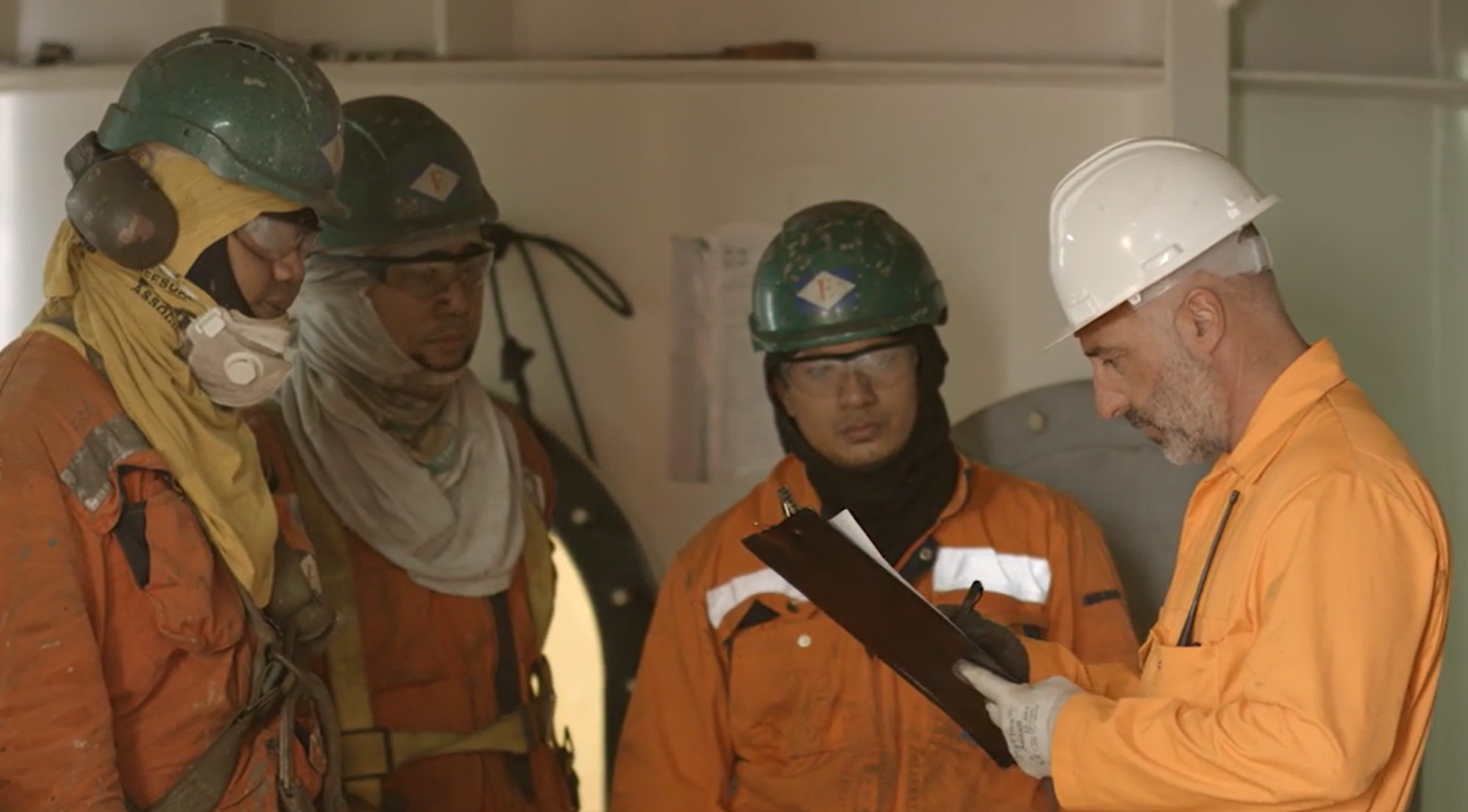
PPE such as respirators, protective clothing, portable atmosphere testing equipment etc should always be used when entering an EES to mitigate the risks.
It is also important that the attendant at the entrance has ready access to suitable equipment to safely remove a casualty should the need arise.
Proper ventilation and testing
Personnel must be aware of the effects of vapours and gases so they are better able to identify signs of distress or medical emergency. Such awareness can save valuable time and ensure personnel can be quickly and safely removed from an EES.
Before entering an EES the space must be properly ventilated and the atmosphere tested.
The mantra is simple: If in doubt, stay well out!
Knowledge of spaces
Prior to entering an ESS, workers should be adequately briefed on both the task at hand and also the likely conditions they will encounter inside the EES. They should be informed of the means of access to the EES – for example, they should be made aware of the type of hold access ladder, what the EES is like inside (Can they expect slip or trip hazards or moving machinery, etc).
Contingency arrangements should be made and communicated so those entering an EES are familiar with what will happen in the event of sustaining an injury or becoming incapacitated whilst inside. Such considerations are vital as no two spaces are the same and each poses a unique set of hazards.
Teamwork
As stipulated in IMO A/1050(27), persons intending to enter an EES should not attempt to do so alone. Instead they should operate in a buddy system whereby someone is stationed at the entrance of the ESS (with access to PPE etc), in order to render assistance if an incident occurs.
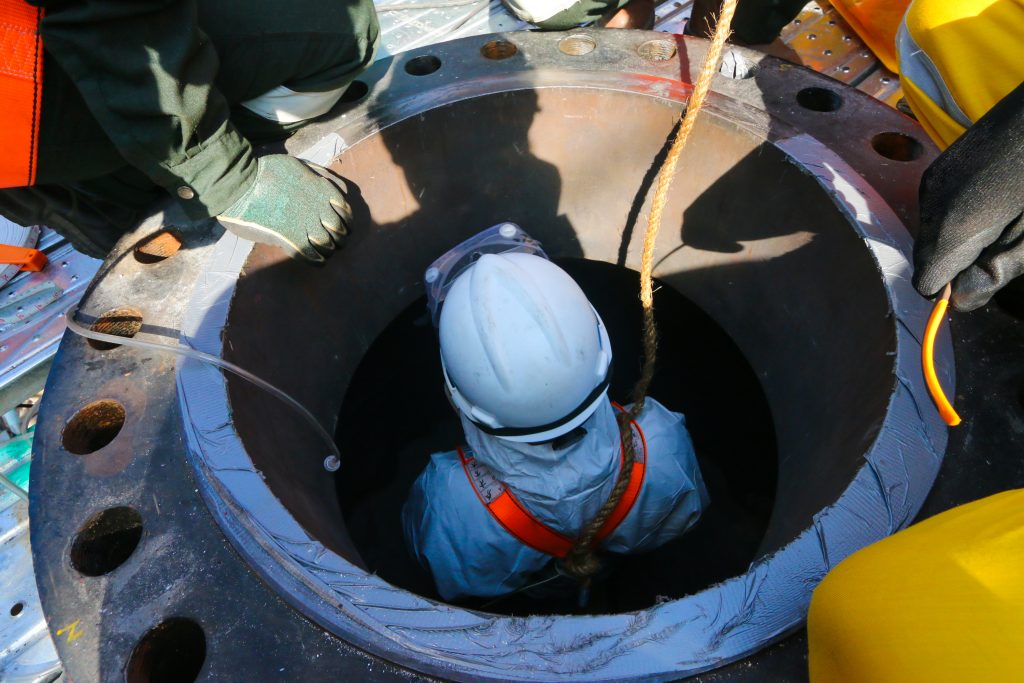

Company culture
Safety with EES is not just about adhering to ‘Safe for Entry’ procedures. Maintaining professional workplace relationships, built on communication, mutual respect and rapport are vital.
Seafarers must be empowered to voice concerns up the management chain and also to intervene on board so as to prevent others from making mistakes. Fostering a team approach is fundamentally important to maintaining high standards and to creating a safe environment on board.
Follow Ship Rules
Approved procedures are documented in the SMS and everyone must understand and apply them assiduously. The ISM Code requires companies to undertake risk assessments and to ensure appropriate procedures and equipment are in place to mitigate such incidents.
It is also the responsibility of the Company, and the Master, as the ultimate authority on board the vessel, to ensure EES procedures are regularly reviewed, tested (through drills) and updated, as required, and as a better practice, to review them in the event of a safety incident or near-miss.
Enclosed Spaces eLearning
We have a comprehensive range of eLearning courses covering the dangers of Enclosed Spaces and ways in which to mitigate the risk.
Entry into Enclosed Spaces part 1- Awareness
Entry into Enclosed Spaces part 2- Preparation & Procedures
Entry into Enclosed Spaces part 3- Equipment
Entry into Enclosed Spaces part 4- Enclosed Space Entry
Entry into Enclosed Spaces part 5- Emergency Procedures & Rescue
Entry into Enclosed Spaces part 6- Use of Breathing Apparatus
Entry into Enclosed Spaces part 7- Working in Enclosed Spaces
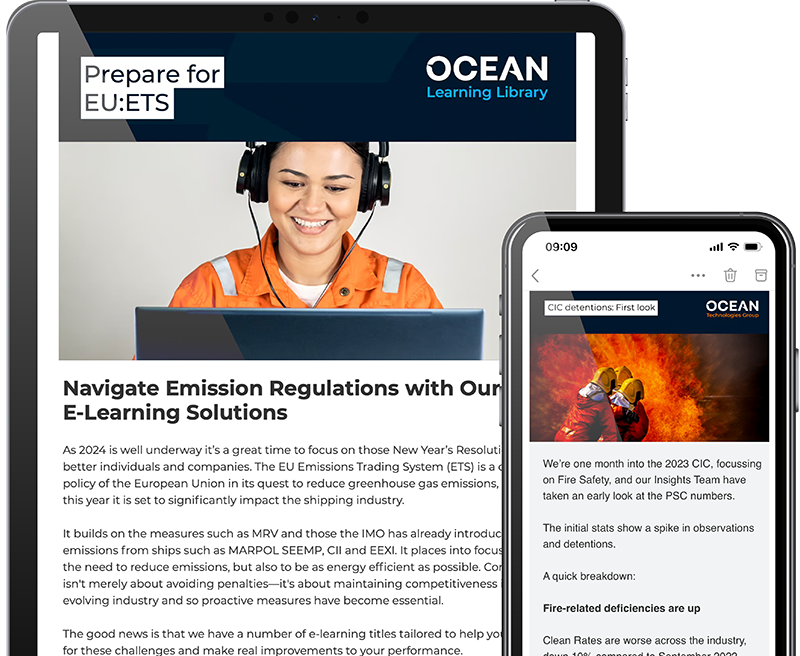
Subscribe to our Newsletter
Stay connected with our guides, insights, news and more.
